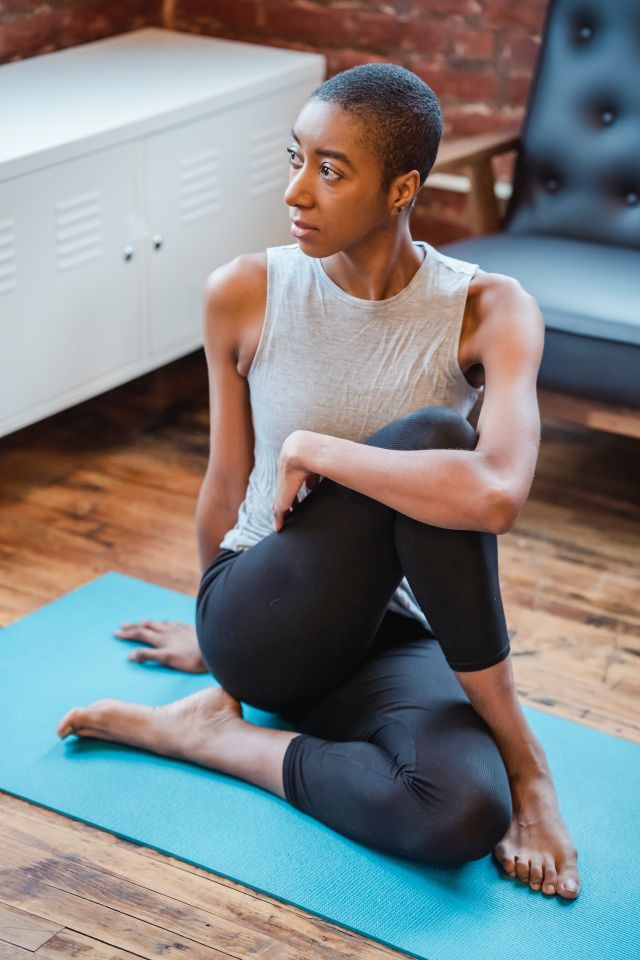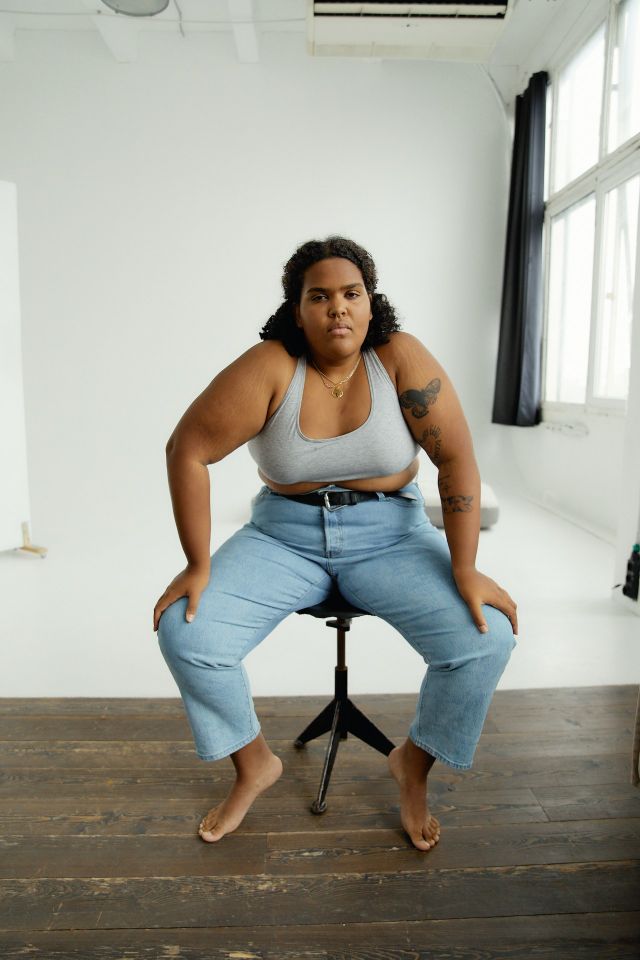
Recognizing and Overcoming Negative Body Image.
Millions of people worldwide suffer from the psychiatric disease known as body dysmorphic disorder (BDD). It is characterized by a compulsive obsession with one’s perceived physical faults. People who have BDD frequently go through periods of great suffering and turn to repetitive actions or mental rituals as a coping mechanism. We will delve into the nuances of BDD in this blog, look at its symptoms, causes, and available treatments, and offer advice on how to deal with negative body image(Body Dysmorphic Disorder)
What is Body Dysmorphic Disorder?
BDD, also known as body dysmorphic disorder, is a mental health issue where people have an incorrect sense of their physical appearance. Obsessive thoughts about perceived imperfections, which other people would not even notice, dominate them. The focus of these alleged faults is frequently on the face, skin, hair, weight, or body type. BDD can have a serious negative effect on a person’s general well-being can affect people of all ages and genders.
Recognizing Symptoms of Body Dysmorphic Disorder.
For early intervention and assistance, it is essential to recognize the BDD indications and symptoms. Some typical BDD warning signs are as follows:
- obsession with one or more perceived defects in physical appearance that persists over time.
- Repetitious actions like obsessive grooming, mirror-checking, or reassurance-seeking
frequently evaluating oneself against others. - Avoiding social engagements or activities because of worries about one’s appearance.
- Excessive concern for one’s looks and self-consciousness.
- Body image-related emotional anguish, anxiety, and sadness.
- Impaired ability to operate in relationships and daily life.https://www.discovermagazine.com/mind/understanding-body-dysmorphic-disorder

Causes and Risk Factors.
The precise causes of body dysmorphic disorder are still not completely known. However, a number of factors support its growth:
Genetic predisposition:BDD frequently runs in families, thus there may be a hereditary component to the condition.
Neurobiological factors: BDD may be impacted by specific brain disorders or neurotransmitter imbalances.
Environmental factors: BDD may develop as a result of social pressures, media impact, or early encounters with body image issues.
Psychological factors: People who have a history of trauma, low self-esteem, or perfectionistic impulses are more likely to develop BDD.https://www.amazon.com/Understanding-Dysmorphic-Disorder-Katharine-Phillips/dp/0195379403

Seeking Professional Help.
It is crucial to get professional assistance if you or someone you love is experiencing BDD symptoms. A thorough evaluation can help mental health specialists like psychologists or psychiatrists diagnose BDD. BDD treatment options could consist of:
Cognitive-Behavioral Therapy (CBT): CBT enables people to confront and alter their unfavorable thought and behavior patterns around their bodies. It focuses on enhancing self-esteem and creating healthier coping mechanisms.
Medication: To treat BDD symptoms and any associated anxiety or sadness, doctors may occasionally prescribe drugs such selective serotonin reuptake inhibitors (SSRIs).
Support groups: Attending therapy sessions or groups with people who have gone through comparable struggles can give you a sense of camaraderie, understanding, and encouragement.https://www.cci.health.wa.gov.au/~/media/CCI/Consumer-Modules/Building-Body-Acceptance/Building-Body-Acceptance—01—Understanding-Body-Dysmorphic-Disorder.pdf
Overcoming Negative Body Image.
Although overcoming BDD-related poor body image can be difficult, it is attainable with constant work and support. Here are a few tactics that may be useful:
Become informed: To better comprehend the disorder and lessen self-blame, educate yourself about BDD. Being conscious might enable you to ask for the right support and assistance.
Dispute bad ideas: Adopt a compassionate attitude toward yourself and resist self-critical ideas about your appearance. Instead of self-deprecating ideas, replace them with empowering ones and concentrate on your qualities that go beyond outward looks.
Practice self-care: Give top priority to self-care practices that enhance general wellbeing, such as consistent exercise, a healthy diet, and adequate rest to foster creativity, resilience, and kindness.
Surround yourself with supportive people:Build a network of friends and family that will accept you for who you are and who will be supportive of you. Find relationships with people that inspire and pull you up.
Limit exposure to triggers:Reduce your exposure to triggers, such as media that upholds unrealistic beauty standards. Unfollow social media users that have a negative influence on your self-esteem and pay attention to people who encourage body positivity and self-acceptance.
Use breathing and relaxation techniques: You can develop a sense of inner peace and acceptance by practicing mindfulness techniques such as deep breathing or meditation. These techniques can also assist you in becoming more aware of the present moment.
Seek professional guidance:Consider consulting with a therapist or counselor who focuses on body image issues and may offer advice suited to your individual requirements.https://www.ncbi.nlm.nih.gov/pmc/articles/PMC6343413/

Conclusion.
Body Dysmorphic Disorder is a complex condition that affects individuals’ mental well-being and self-perception. Recognizing the symptoms and seeking appropriate help is crucial in overcoming negative body image associated with BDD. Remember, you are not alone, and there is support available to help you navigate through this journey of self-acceptance and positive body image. By implementing strategies such as seeking professional help, challenging negative thoughts, practicing self-care, and surrounding yourself with a supportive community, you can gradually overcome BDD and cultivate a healthier relationship with your body and self-esteem. Remember, true beauty comes from within, and embracing your unique qualities is what makes you truly remarkable.https://www.mayoclinic.org/diseases-conditions/body-dysmorphic-disorder/symptoms-causes/syc-20353938#:~:text=Body%20dysmorphic%20disorder%20is%20a,may%20avoid%20many%20social%20situations.


